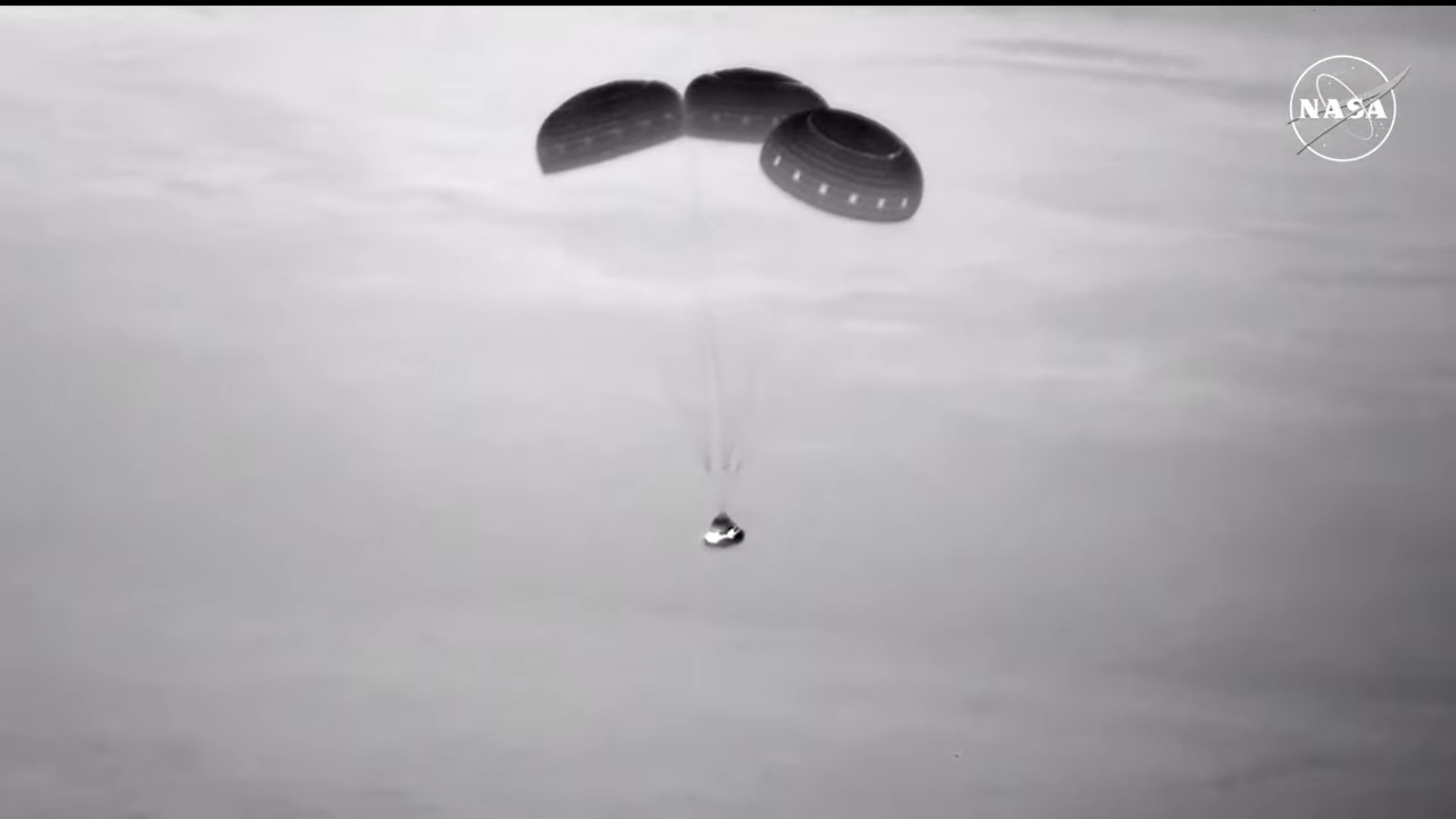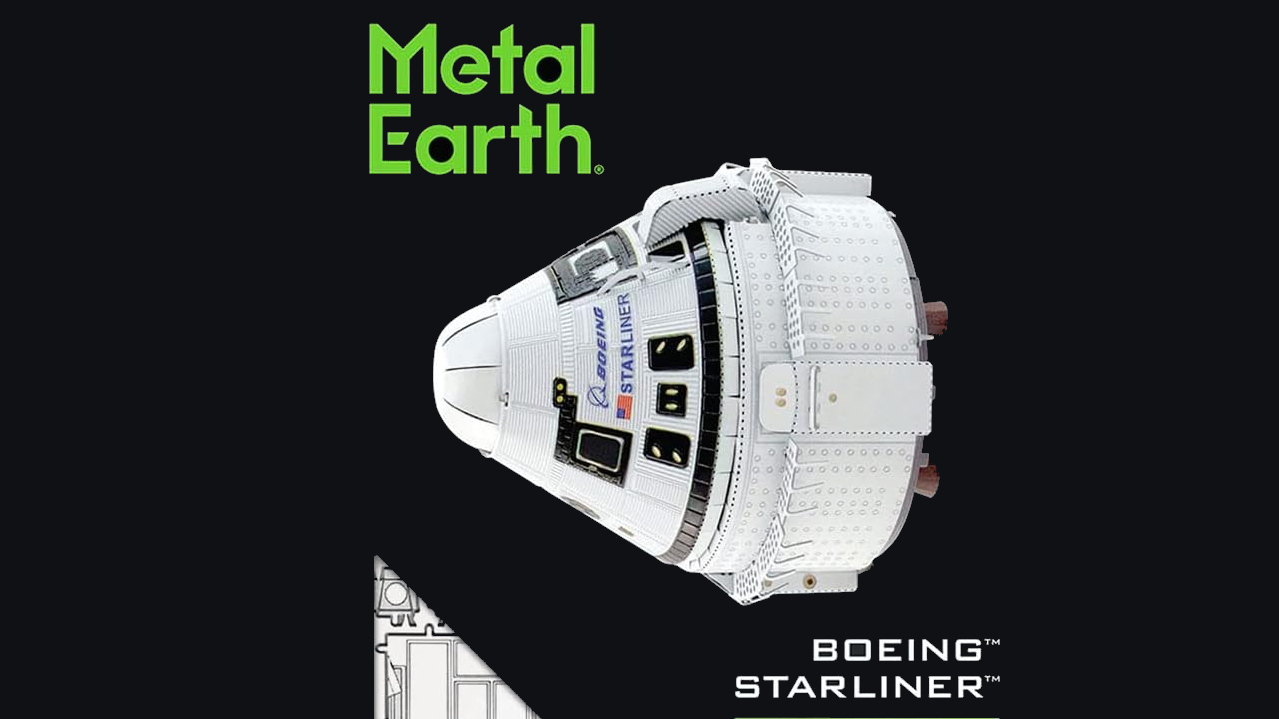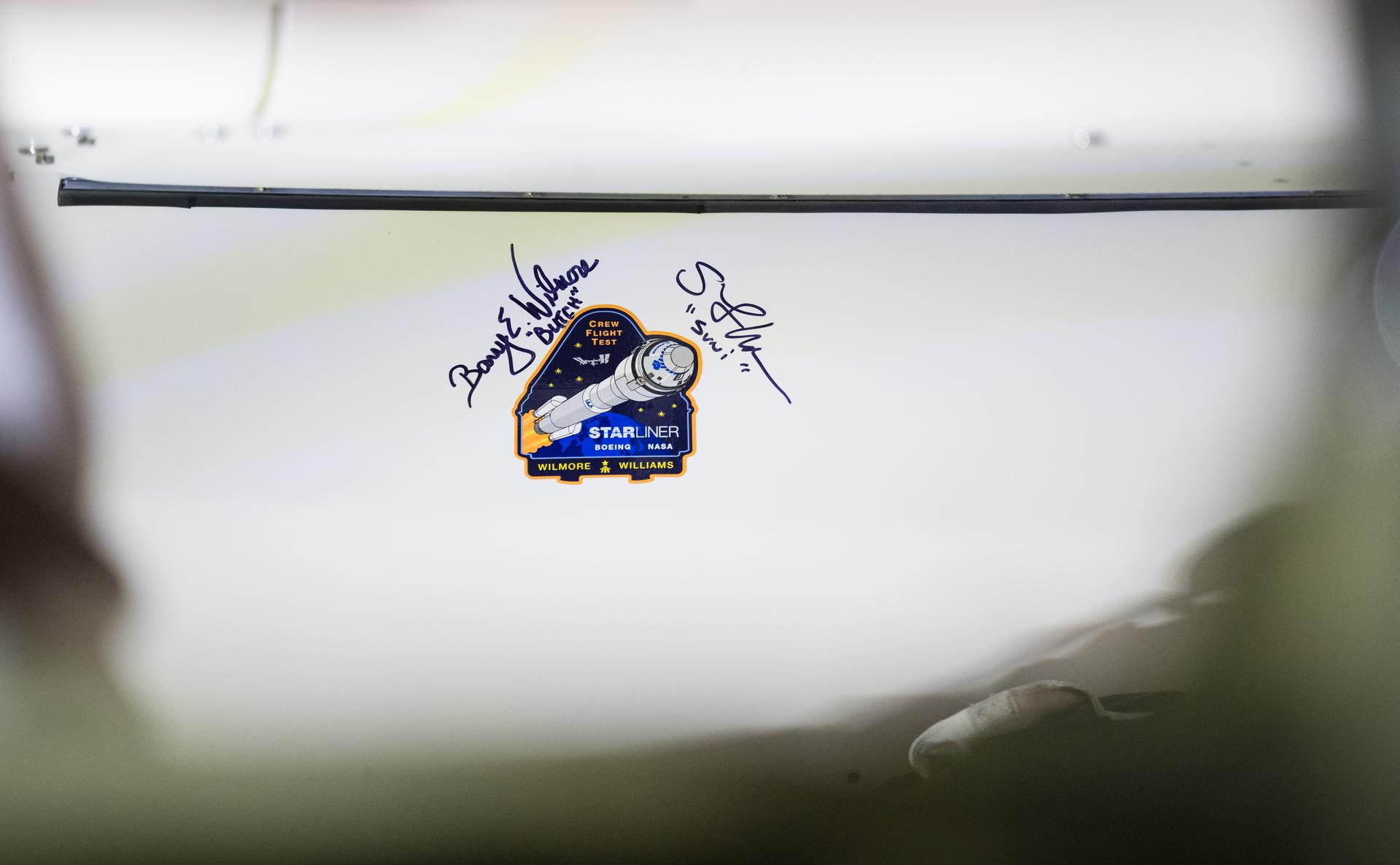Astronauts would have been fine on Boeing's Starliner during landing, NASA says

After more than three months in space, Starliner's 10-day Crew Flight Test (CFT) has finally concluded.
The Boeing spacecraft made a successful landing over the weekend, parachuting to a soft touchdown in the dark desert night of White Sands Missile Range in New Mexico, at 12:01 a.m. EDT (0401 GMT) Saturday (Sep. 7). The return marked an end to a long-delayed and issue-ridden mission, which launched with two NASA astronauts, but returned with none. It turns out they would have been totally fine.
Despite the issues it experienced on its flight up to the International Space Station (ISS), Starliner's uncrewed landing performed as expected, with the spacecraft touching down precisely as NASA and Boeing had designed for its delayed return. "If we'd have had a crew on board the spacecraft, we would have followed the same back away sequence from the space station, the same deorbit burn and executed the same entry. And so it would have been a safe, successful landing with the crew on board," said Steve Stich, manager of NASA's Commercial Crew Program, during a post-landing press conference. But, hindsight is always twenty-twenty.
Boeing and NASA spent the past three months performing tests in White Sands, trying to recreate and understand the thruster issues Starliner experienced in space. "It's always hard to have that retrospective look," Stich said after Starliner's return, adding, "if we'd had a model that would have predicted what we saw tonight perfectly, yeah, it looks like an easy decision to go say we could have had a crewed fight, but we didn't have that."
Butch Wilmore and Suni Williams launched to the International Space Station (ISS) aboard Starliner on June 4, expecting to spend a little more than a week on orbit. The CFT mission was to be Starliner's final qualifying flight before entering into operational rotation as a crew transport to the ISS. However, thruster issues as the spacecraft approached the ISS led to a three-month delay in Starliner's return, which it ultimately did without astronauts onboard.

You can build your own Boeing Starliner space capsule with this Metal Earth Boeing CST-100 Starliner 3D Metal Model Kit, available for $10.95 at Amazon.
NASA announced its decision for Starliner to return uncrewed at the end of August, reassigning Wilmore and Williams as part of ISS Expedition 71. That required the agency to designate two empty seats aboard a Crew Dragon spacecraft launching SpaceX's Crew-9 astronaut mission for NASA later this month so that Wilmore and Williams can ride home in them at the end of the Crew-9 rotation in February.
That means by the time they come home, instead of ten days in space, the duo will have spent ten months aboard the station.
Breaking space news, the latest updates on rocket launches, skywatching events and more!
Related: Boeing's Starliner capsule just landed with no crew aboard. What's next for this astronaut taxi?
A path forward for Starliner is currently unclear. The spacecraft was slated to begin six-month crew ration missions to the ISS starting in February next year, but that has already been pushed back to August 2025, at the earliest.
"I want to recognize the work the Starliner teams did to ensure a successful and safe undocking, deorbit, re-entry and landing," Mark Nappi, vice president and program manager of Boeing's Commercial Crew Program said in a statement. "We will review the data and determine the next steps for the program."

Josh Dinner is the Staff Writer for Spaceflight at Space.com. He is a writer and photographer with a passion for science and space exploration, and has been working the space beat since 2016. Josh has covered the evolution of NASA's commercial spaceflight partnerships and crewed missions from the Space Coast, as well as NASA science missions and more. He also enjoys building 1:144-scale model rockets and human-flown spacecraft. Find some of Josh's launch photography on Instagram and his website, and follow him on X, where he mostly posts in haiku.

